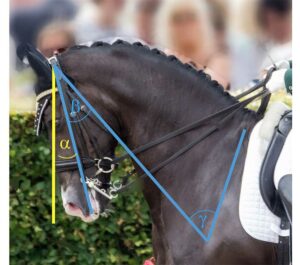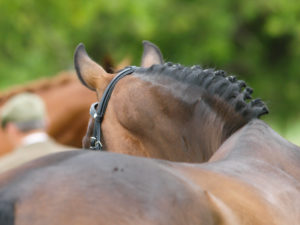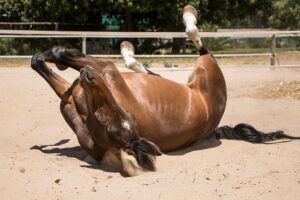The Science Behind Equine Nasal Strips

“The proprietary FLAIR nasal strip has been extensively studied and has several distinct benefits for exercising horses,” said Howard H. Erickson, DVM, PhD, emeritus professor of physiology and history of veterinary medicine at the Kansas State University College of Veterinary Medicine in Manhattan. “At least eight studies have been conducted over the past decade to show exactly how nasal strips work, and there are more than a dozen publications that support the effectiveness of (nasal strips) in reducing exercise-induced pulmonary hemorrhage.”
Equine nasal strips are designed to prevent the soft tissues of the respiratory tract from “caving in” and decreasing airway diameter as the horse inhales.
“The premise of the nasal strip is that the three plastic support members apply a springlike force to gently support the soft tissue overlying the nasal passages during inspiration, particularly where the nasal passages are not supported by bone,” Erickson explained
Create a free account with TheHorse.com to view this content.
TheHorse.com is home to thousands of free articles about horse health care. In order to access some of our exclusive free content, you must be signed into TheHorse.com.
Start your free account today!
Already have an account?
and continue reading.

Written by:
Stacey Oke, DVM, MSc
Related Articles
Stay on top of the most recent Horse Health news with



















